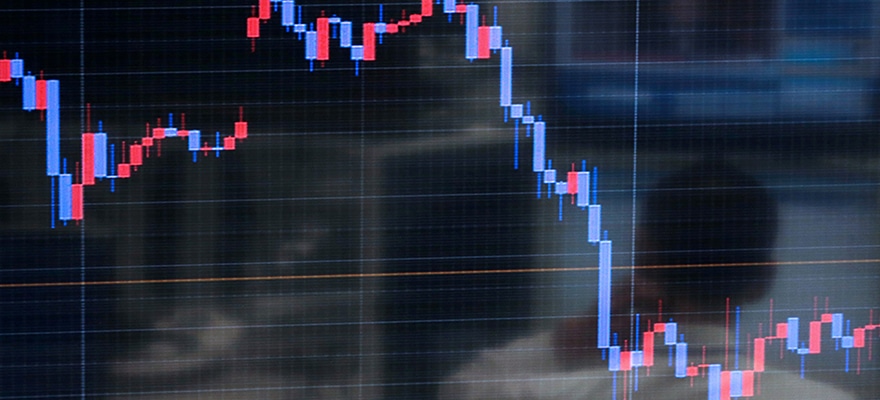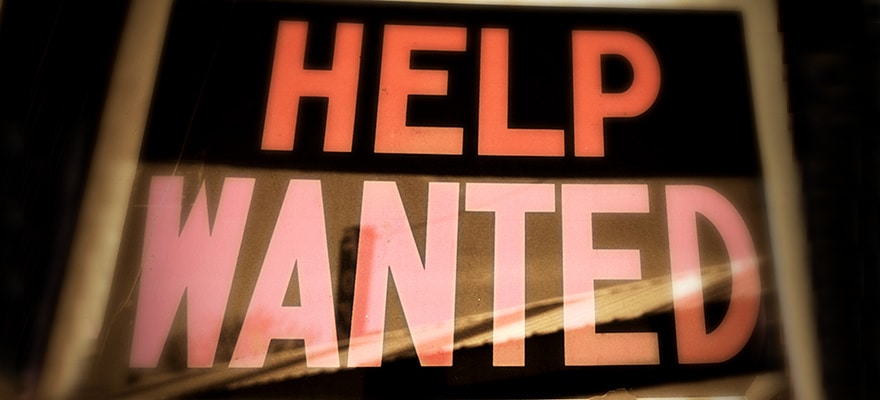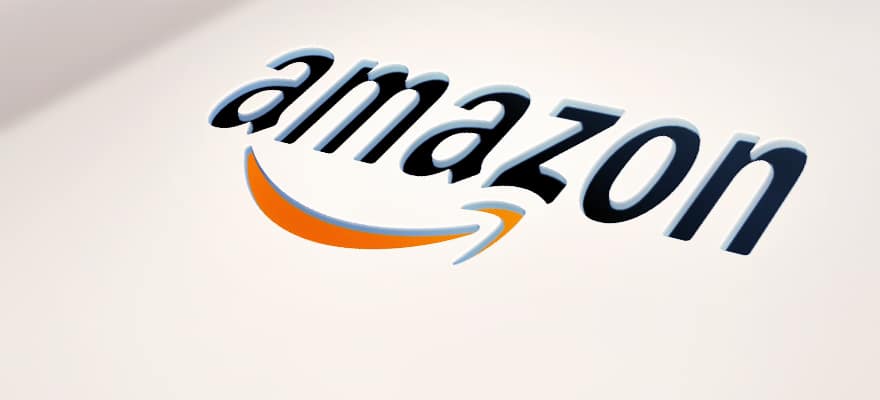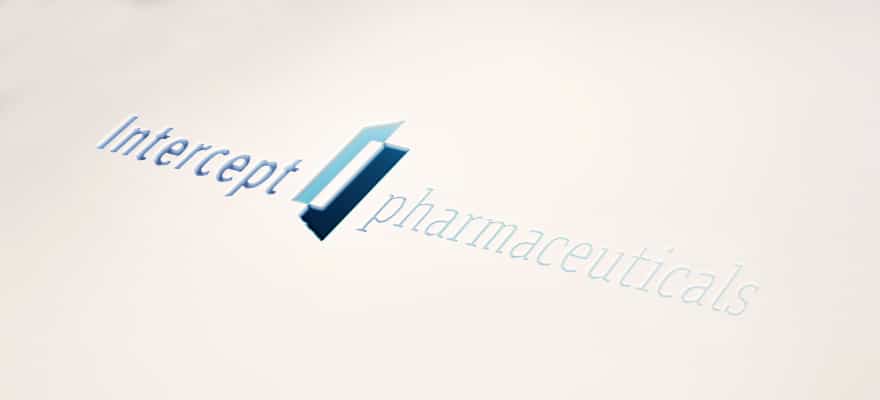Dutch startup Eaze has developed a hands-free Bitcoin payment system for the Google Glass smart glasses platform.
The “Nod-to-Pay” application doubles as a local Bitcoin wallet and stores the digital currency directly on the device’s memory. Eaze’s co-founder Rutger van Zuidam, stated the company is planning on incorporating more currencies on to the platform in the future.
"We are working to host several types of currency on the Eaze ecosystem and make them usable for any type of device as long as it fits our philosophy of frictionless Payments . Bitcoin is a great platform to build new services on because you can directly program your money as well as the money flows," said van Zuidam in a press release.
The process of completing a transaction is fairly simple. The supporting merchant, with a dedicated merchant mobile application presents a QR code to the customer. The customer in turn uses the hot words "OK Glass, make a payment". After the application is launched, and the QR code is scanned by the device’s scanner, the user simply nods his head twice to confirm.
This is not the first Bitcoin payment application developed for the wearable piece of tech. In 2013, RedBottle Design LLC unveiled GlassPay, an application similar to Eaze’s that also completes BTC payments by scanning QR codes. GlassPay is expected to be released during the second half of 2014.
MasterCard has also been experimenting with Google Glass. The card giant has been looking for ways to implement its MasterPass digital wallet and QkR mobile application onto Google's smart glasses.
Recently, credit card optimization firm Wallaby has also developed a payment system using Google Glass. Wallaby's application works by recommending the correct payment method depending on the merchant and user preferences.
Image courtesy of Wikimedia

















